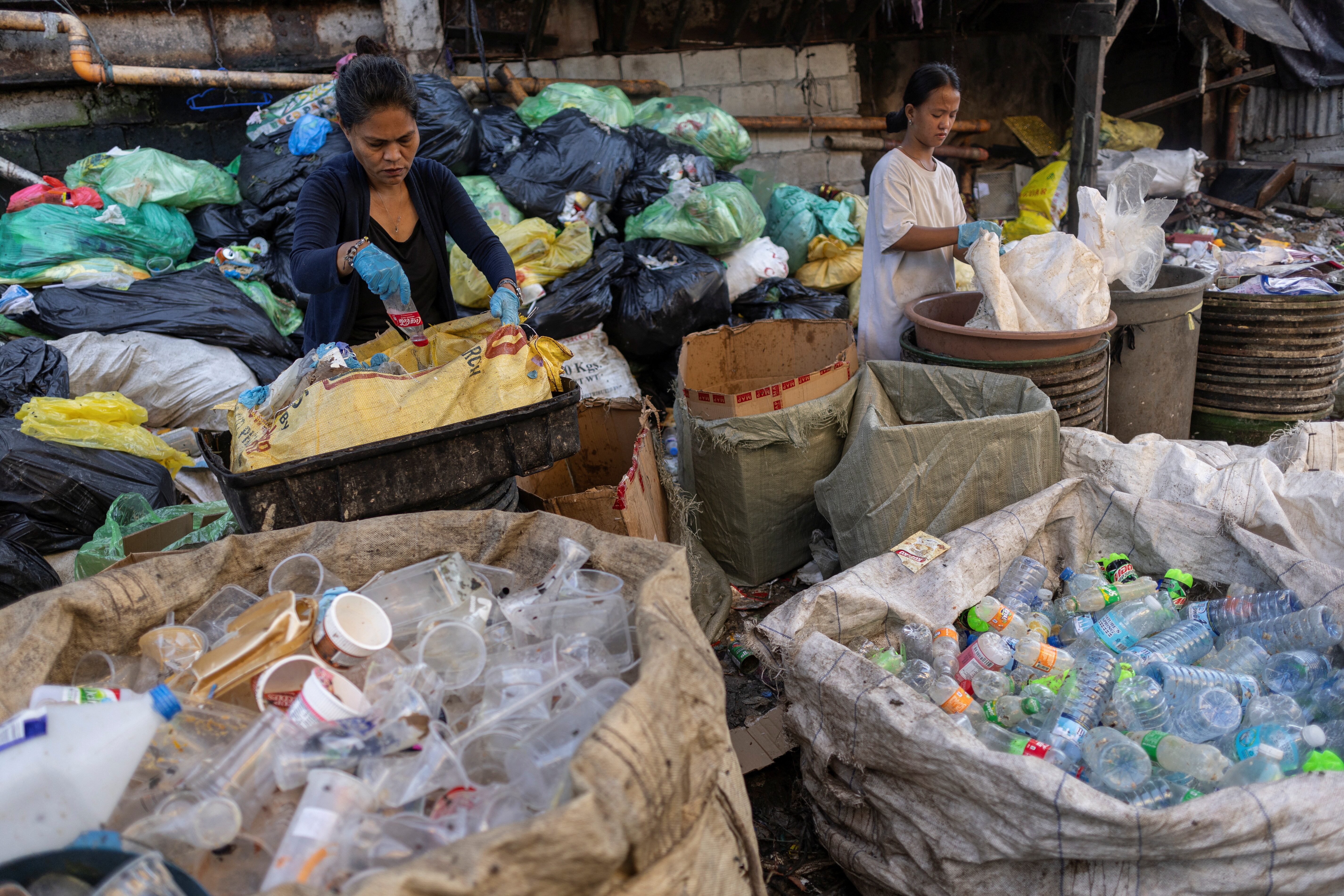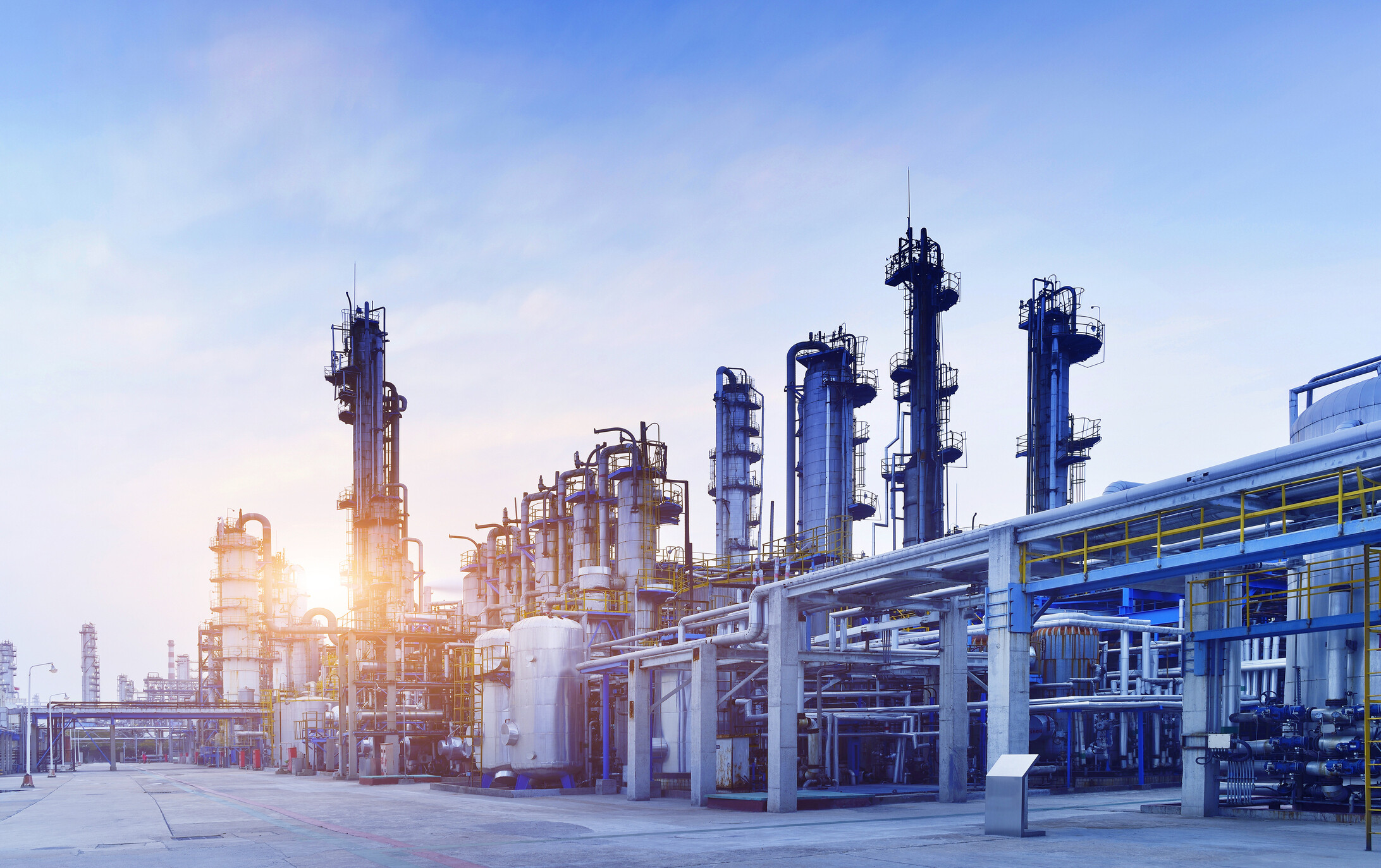Why the circular economy is a digital revolution

It seems remarkable that global business, which prides itself on efficiency and effectiveness, has waste at the core of its business model. Not merely wasted resources – or rubbish – but underutilized assets and short product lifecycles. This waste does not only intensify environmental damage and natural resource shortages, it is throwing away growth to the tune of US $4.5 trillion between now and 2030. Rising commodity prices and regulatory change are beginning to help to turn the corner, as are changing consumer preferences. But technology plays a critical role in supporting the new business models that underpin the emerging circular economy. Put more boldly, the circular economy will be a digital revolution or it won’t be a revolution at all.
Mobile broadband penetration in the 34 industrial countries of the OECD has risen to nearly 80% on average (and to over 100% in the United States). China meanwhile has over half a billion mobile internet users alone. When you combine this level of connectivity with the accessibility of cloud computing, many physical assets start to look endangered. One European publishing house that created a 32-page newsletter with a print run of 70,000 found it could switch to an online format and save 134 tons of paper, 3.7 million litres of water, 269 barrels of oil, 551,040 kilowatt hours of electricity and nearly 14,000 kilograms of industrial waste. Likewise, streaming music through cloud-based platforms can save 80% of the cost of producing and distributing a CD.
These are both examples of waste being avoided by delivering a product in digital format. But there is a second way digital technologies are fostering new business models: by enabling assets that have dropped out of circulation to be introduced back into the market to earn second, third or even fourth incomes. Entrepreneur Andy Ruben speculates that there are $5 trillion worth of goods lying idle in the US alone. He’s referring to the cars that are parked for 90% of an average day, clothes sitting in closets or domestic power drills that are used for about five minutes of their lives.
There is no reason why incumbent and traditional companies could not have entered this market. But, so far, digital disruptors have done so, finding new ways of giving customers more – better, faster and cheaper. And in putting the customer at the heart of their proposition, they have also managed to create models that have optimized scarce resources.
The speed with which these digitally enabled businesses are tapping these possibilities is astounding, and it’s not just the familiar names like Airbnb and Uber. Here in East Asia, Mercari, a Japanese shopping app that enables people to sell their unwanted clothes securely, raised around $14 million in 2014 alone, only 18 months after its launch. Block Pools, meanwhile, a Singapore-based private social network which allows neighbours to lend and borrow, or buy and sell, things from one another is now used by thousands.
But as digital technology renders some physical products redundant and gives others a new lease on life, it is also enabling companies to manage and, therefore, reduce the amount of material inputs they need to create customer value.
One of the most important of these is analytics. In the US, Aerofarms (on whose advisory board I sit) uses sophisticated analytics and nutrient measurement techniques to cultivate crops indoors. In doing so it has increased its agricultural yield by a factor of 30. By using data more effectively it has actually been able to eliminate the need for soil and pesticides to grow crops and has cut its water use by 90%. It gives its crops only what they need and no more, tracking progress in minute detail and responding to changes almost instantaneously. Imagine if this were replicated across the whole agricultural sector.
Finally there are hybrid technologies that blend digital capability with precision manufacturing. 3D printing, for example, is transforming logistics through local production. Add the ability of hybrid technologies to self-repair, making use of analytics and sensors, and material inputs can be vastly reduced, customers deeply involved in the design of their products, logistics needs almost eliminated and product lifetimes extended by as much as a third.
Governments play a role. Thanks to circular economy policies in Dalian, host to the World Economic Forum’s Annual Meeting of the New Champions this year, energy consumption per unit of industrial added value declined by 50% between 2005 and 2012. Ninety-five percent of solid waste is now utilized and 85% of industrial water is now recycled. Over 100 enterprises are actively engaging in resource recycling. I wouldn’t go as far as saying that Dalian is a “circular city” yet. But it has made impressive progress on waste and energy, providing a good platform for a full spectrum of circular-economy innovation and entrepreneurship.
To what does all this add up? In a book that I have co-authored, Waste to Wealth – Creating Advantage in a Circular Economy, we showcase the examples that are leading the emergence of the circular economy by applying technologies in new ways. They are demonstrating that harnessing data allows companies to put a value on waste in all its forms and monetize that waste through products and services that delight customers and generate significant new revenue growth. By 2050, we think as much as $25 trillion could be up for grabs.
It’s time for companies to get a head start in order to enjoy a circular advantage. And if your circular economy strategy doesn’t have digital at its core then it’s unlikely to be tapping into one of the biggest disruptive opportunities out there to deliver more value for customers, and to do that in a way that uses radically fewer resources and has a lower environmental impact. That’s the circular advantage. What’s yours?
The Annual Meeting of the New Champions 2015 will take place in Dalian, China, from 9-11 September.
Have you read?
Have we got the sharing economy wrong?
How has the sharing economy changed job security?
Author: Peter Lacy, Managing Director, Accenture Strategy. You can follow Peter at @peterlacy
Image: A worker disassembles a computer at a recycling facility of Re-Tem Corp in Tokyo October 15, 2010. REUTERS/Toru Hanai
Don't miss any update on this topic
Create a free account and access your personalized content collection with our latest publications and analyses.
License and Republishing
World Economic Forum articles may be republished in accordance with the Creative Commons Attribution-NonCommercial-NoDerivatives 4.0 International Public License, and in accordance with our Terms of Use.
The views expressed in this article are those of the author alone and not the World Economic Forum.
Stay up to date:
The Digital Economy
Forum Stories newsletter
Bringing you weekly curated insights and analysis on the global issues that matter.
More on Circular EconomySee all
Felipe Basso
November 13, 2025







